
This photobook summarises the major events of the year 2023 at Amaravati Buddhist Monastery, UK. A beautiful hardcover copy can be perused in person at Amaravati's public library.

This photobook summarises the major events of the year 2023 at Amaravati Buddhist Monastery, UK. A beautiful hardcover copy can be perused in person at Amaravati's public library.

[...] Beth Steff has been practising at the monasteries associated with the traditions of Ajahn Chah in the West now for many years. She spent six years with us at Abhayagiri Buddhist Monastery in California, USA. After returning to her home country of New Zealand, Beth was feeling inspired by the examples of living a life of mindfulness that she experienced in the monasteries and wanted to share... Continue

This photobook summarises the major events of the year 2022 at Amaravati Buddhist Monastery, UK. A beautiful hardcover copy can be perused in person at Amaravati's public library.
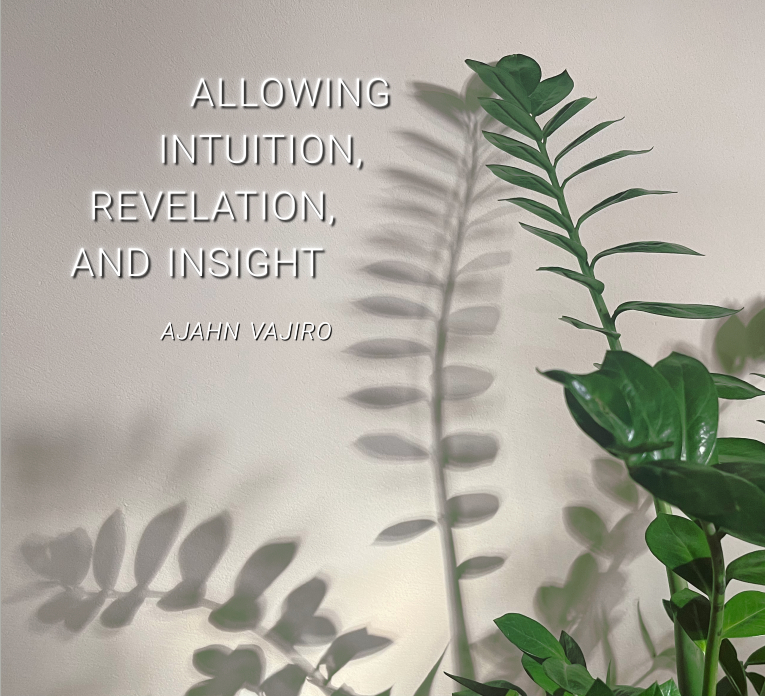
This booklet is an adaptation of a Zoom session offered by Ajahn Vajiro for the Theosophical Society in America on the 8th August 2022.

On the occasion of my 60th birthday, I received some requests from the monastic Sangha and the lay supporters of Buddha Bodhivana Monastery who wished to know more about my life and practice as a monk. In response, it seems like a good idea to commit some of my various recollections to paper before they become lost through the passage of time. This book includes some of my personal recollections... Continue

A GUIDE TO STANDING MEDITATION As standing is something that we do, why not do it with full awareness? After all, standing was one of the positions that the Buddha recommended as a proper basis for mindfulness. Wisely cultivated, it takes strain out of the body, encourages balance and inner stability – and is a support for full liberation. In this guide, Ajahn Sucitto adds practical details to... Continue
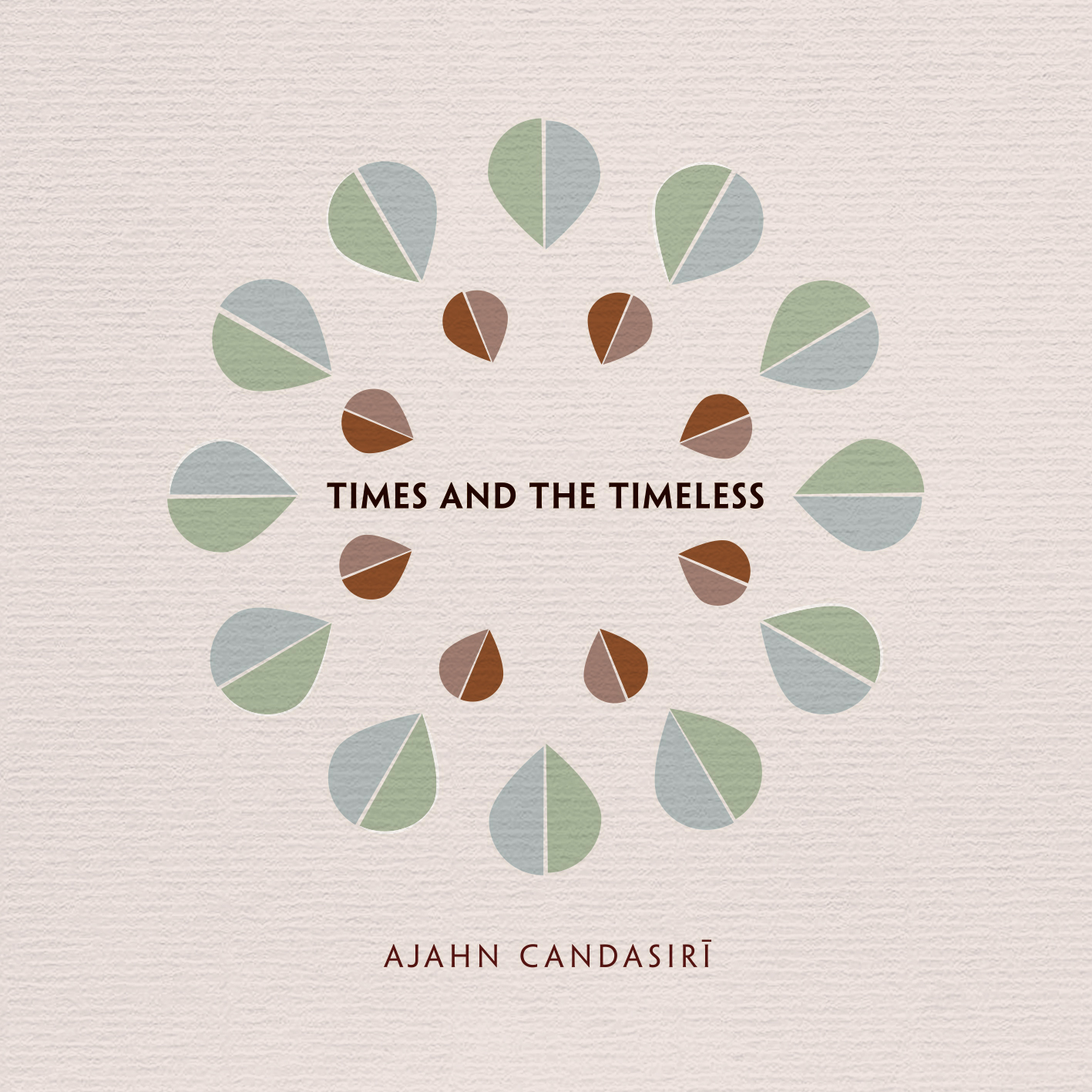
This little collection was never intended as a ‘collection of teachings.’ It came about in response to a request and a suggestion. The request was from Sarah Wallis who wanted to sponsor a publication in celebration of her sixtieth birthday, and to mark thirty years of the Banbury Buddhist Group. The suggestion, also from Sarah, was to gather together the reflections that had been individually... Continue

"I thought I would begin by offering a few reflections about equanimity or upekkhā. This is one of the most significant psychological, emotional qualities talked about in the Buddhist tradition. However, because we commonly translate the word upekkhā in English as ‘equanimity’, it can easily be overlooked or seen as something a bit insignificant, not so practical or even heartwarming, as... Continue
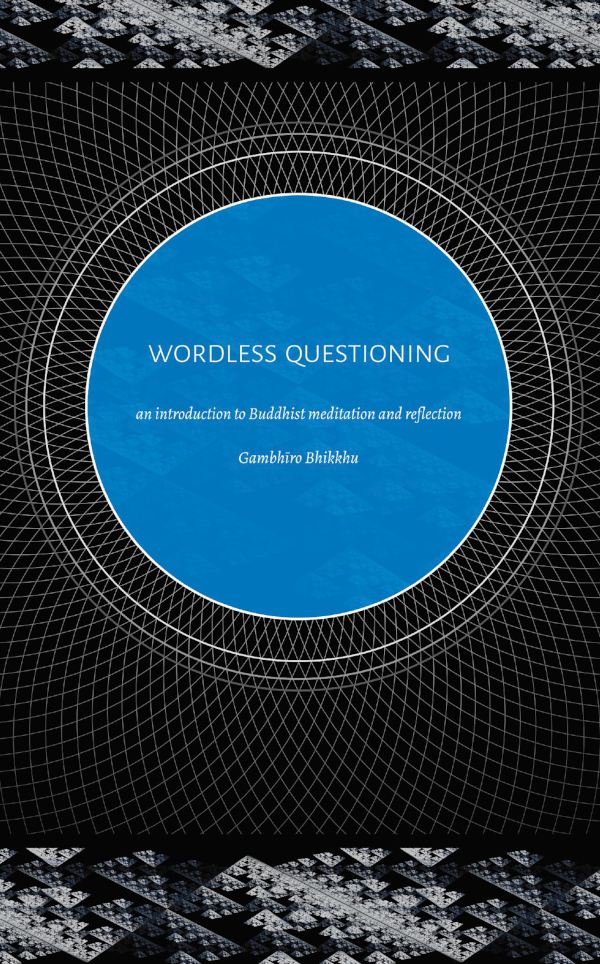
"While I was studying at Budapest in 2005, I remember looking for books which could help me get a useful perspective on my confused experiences. There was no lack of explanation and advice, but they were missing a concrete direction: ‘Interesting ideas, but what do I do and how?’ I believe that good instruction should enable one to do more than before, shed light on the ‘what’ and... Continue

This book began as an essay to add some guiding notes to the practice of mindfulness of breathing (ānāpānasati). The intention was to be concise, with the understanding that plenty of meditation manuals are available, as are several thorough expositions of the theory and practice of mindfulness of breathing. However, as this meditation is so crucial, it seems useful to contribute any fresh... Continue

While researching the Pali Canon for my previous book, Working with the Five Hindrances, I occasionally came across an intriguingly cryptic phrase: ‘I-making, mine-making and the underlying disposition to conceit’ (ahaṅkāra-mamaṅkāra-mānānusaya). This phrase was intriguing because it suggests a completely new perspective to the universal inquiry into self and selflessness, and provides... Continue
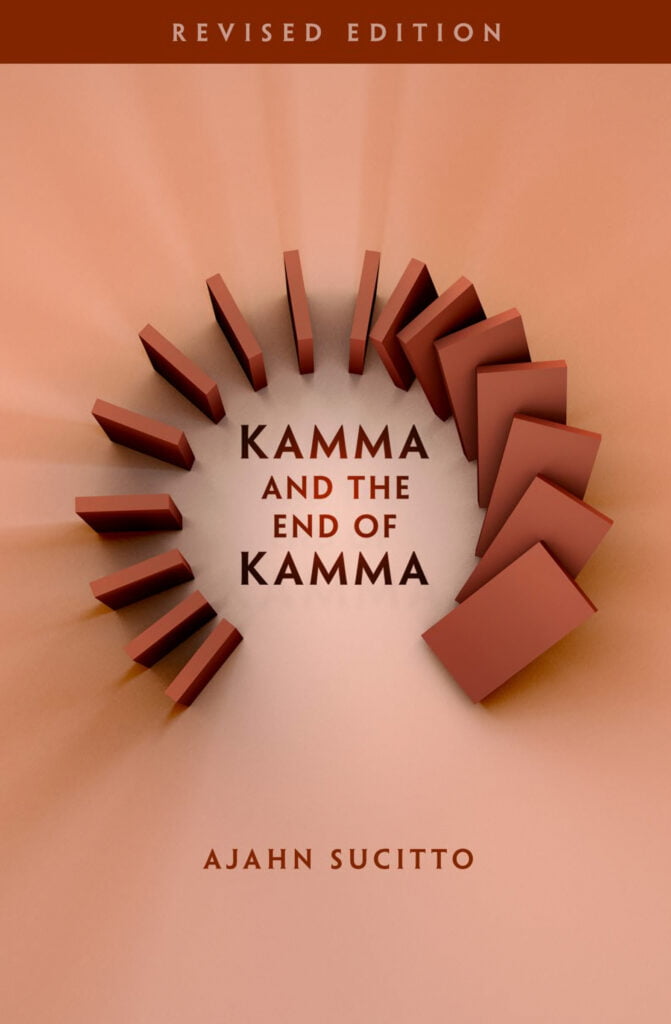
This book is a substantially revised and expanded version of the 2009 original. It explores the link between external action and mind cultivation – both of which are forms of the kamma that leads to liberation. The book teaches formal meditation practices, the role of devotion, aspects of dependent origination, and the need to establish skilful relationships – kalyānamitta – and the... Continue
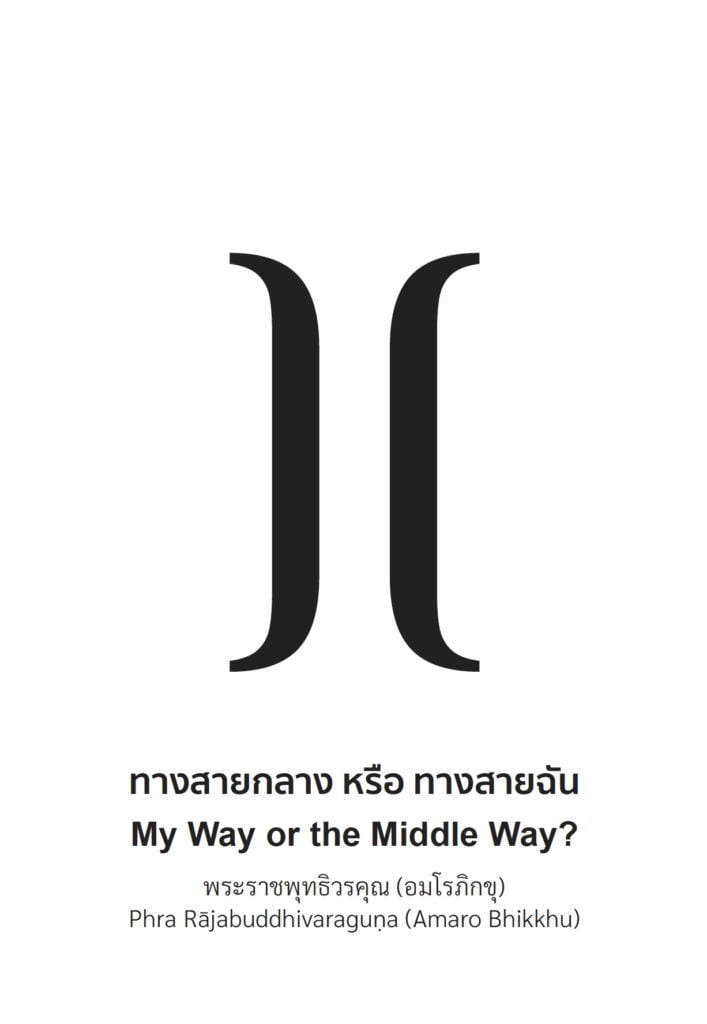
The theme for this Dhamma talk is ‘My way or the Middle Way?’ As people might recognize, the title was borrowed from the famous Frank Sinatra song, written by Paul Anka, ‘My Way’, which is the supreme anthem of self-confidence: Through it all, when there was doubt, I ate it up and spit it out. I faced it all and I stood tall, And did it my way!’ Confidence is definitely a part of the... Continue

The idea for the topic and title, ‘The Secret of Happiness’, came about after reflecting on my first meeting with Ajahn Sumedho in 1977, just a few weeks after his arrival in the UK. I had been very impressed by the sense of ease and joy that he seemed to carry with him. That, in itself, it was remarkable. What made it even more remarkable was what I had been told about the monks: that they... Continue

This photo-journal records a pilgrimage made in Sri Lanka in November of 2019. I had been invited numerous times to visit this ancient seedbed of Theravāda Buddhism but, prior to this present occasion, had always declined the offers. Thee reason for this was not a disinterest in the country, with its ancient Buddhist traditions and numerous holy places, rather it was that, if I was going to go, I... Continue
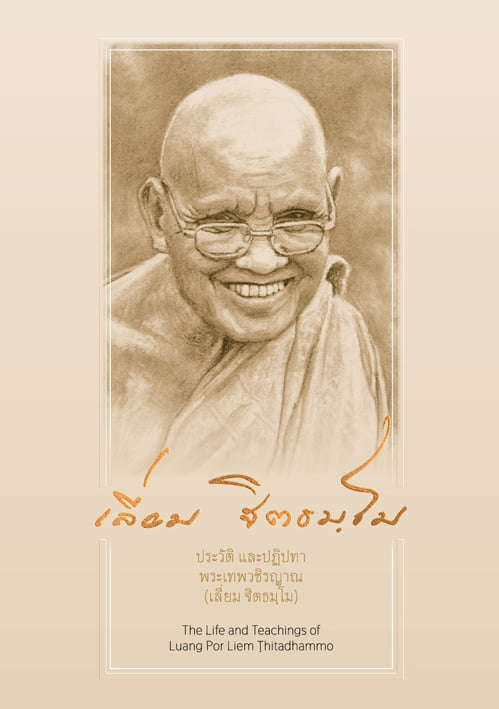
To honour the auspicious occasion of the 80th birthday of Luang Por Liem Ṭhitadhammo (Phra Thepvajiranyan), a faithful group of disciples has arranged to print his biography. Luang Por Liem is a senior Buddhist monk presently ordained for 60 years in the Thai Forest Tradition of the late Ven. Ajahn Chah (or “Luang Pu Chah”) of Wat Nong Pah Pong in Ubon Ratchathani, Thailand. This book covers... Continue

With a focus on gratitude, Ajahn Munindo reflects back over his life as a Buddhist monk. He particularly contemplates how very different communities have supported his spiritual journey. He concludes by expanding on his ‘source-oriented’ approach to Buddhist practice.
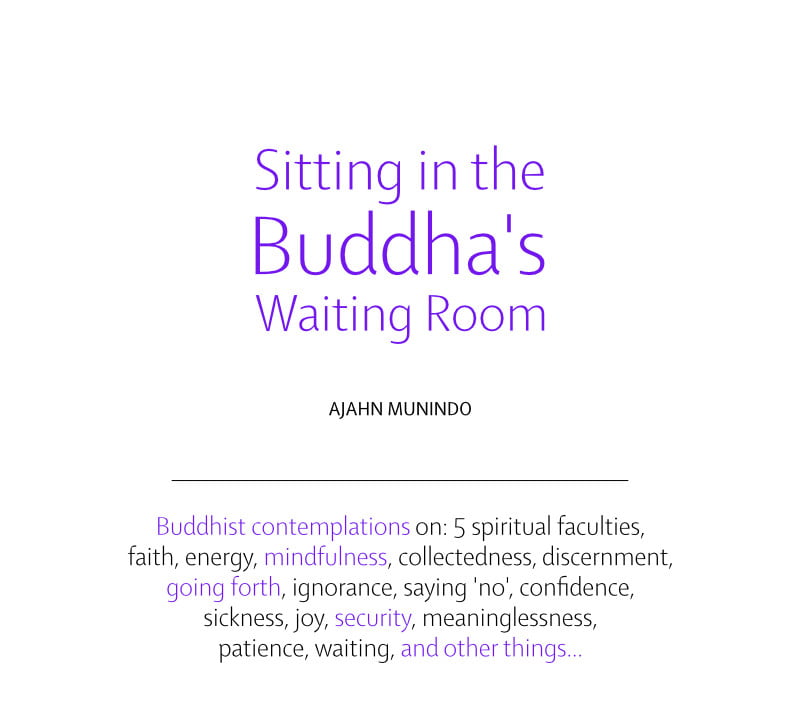
Buddhist contemplations on: 5 spiritual faculties, faith, energy, mindfulness, collectedness, discernment, going forth, ignorance, saying ‘no’, confidence, sickness, joy, security, meaninglessness, patience, waiting and other things…

Buddhist contemplations on: form and spirit, trust and belief, goal oriented practice, source oriented practice, formal and daily-life practice, knowing for yourself, wilfulness and relaxation, precepts, creativity, and other things…
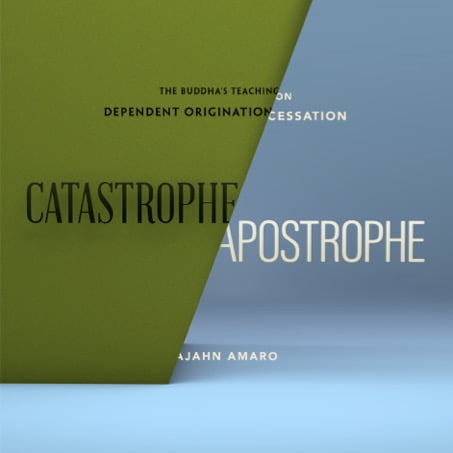

Over the last few years I have led residential retreats specifically on the theme of dependent origination on at least five occasions – at Amaravati in the U.K., in Mae Rim, Thailand, and with Le Refuge, at Monastère de Ségriès, in the south of France. Various aspects of this rich, essential theme of Buddhist teaching have been focused upon in these different situations, according to the... Continue

A collection of four talks given by Ajahn Pasanno in January 2021. This booklet was first offered as a gift commemorating Abhayagiri’s 25th Anniversary and Ajahn Pasanno’s 72nd birthday.

THE TITLE OF THIS BOOK, Mind Is What Matters, brings attention to attitude. It points to the enormous difference our attitude makes as the mind receives and processes experience, and it points to that aspect of Dhamma practice of making everything our teacher. In 2017 at our open retreat at Amaravati Monastery, there were over 400 people attending. Ajahn Sumedho gave teachings every evening, and... Continue
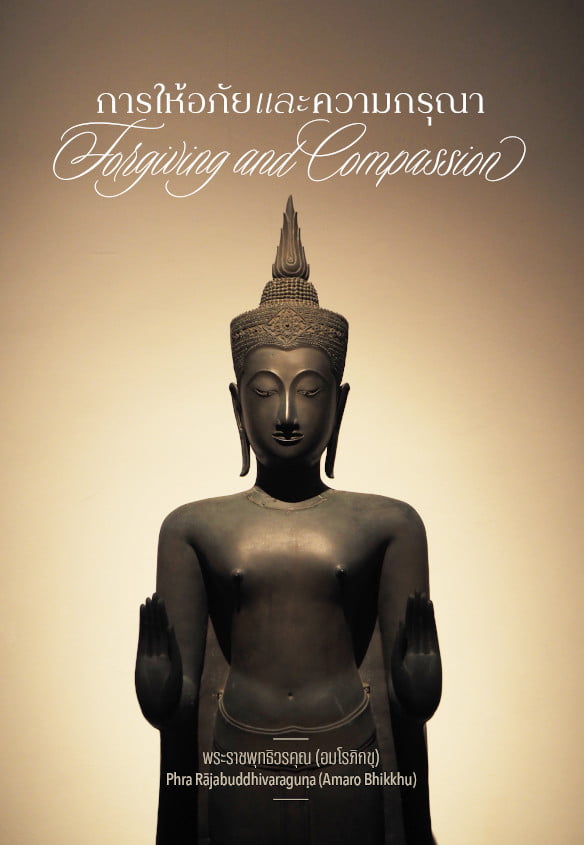
Sunday Talk on the 18th September 2016 Good afternoon to you all. The theme for the Sunday talk this week is ‘Forgiving and Compassion’ so I will offer some reflections around these significant areas of our lives. I will start with forgiving. This is a very important aspect of spiritual training and, as a way of life, it is a counterpoint to the attitude of being unforgiving, the attitude... Continue
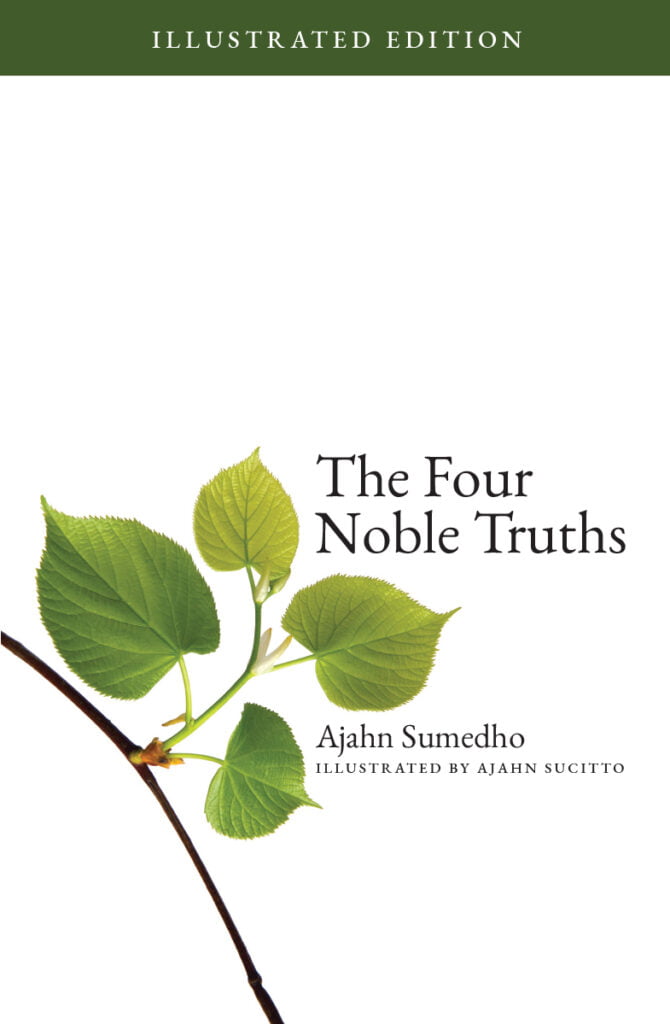
A small booklet of edited talks given by Ajahn Sumedho on the central teaching of the Buddha: that the unhappiness of humanity can be overcome through spiritual means. This new edition contains illustrations by Ajahn Sucitto.

A great variety of forms of religious practice are associated with the word ‘Buddhism’. However, they all take Siddhattha Gotama, who lived and taught in northern India some 2,500 years ago, as their source or inspiration. It was he who became known as the ‘Buddha’ – that is ‘the Awakened One’, one who has attained great wisdom through their own efforts.